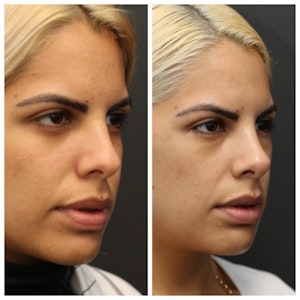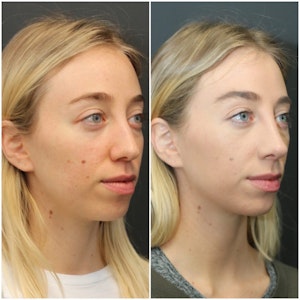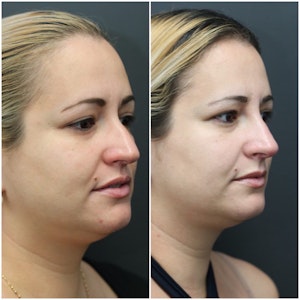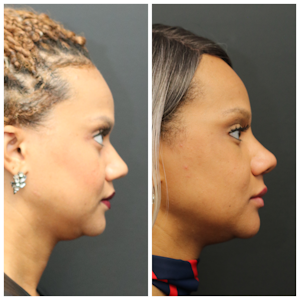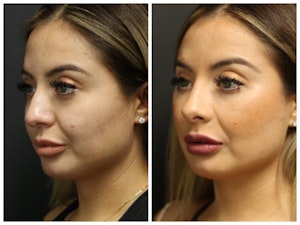Rhinoplasty, more commonly known as a nose job, can be a demanding surgical procedure if not performed under the right conditions, with the right training and tools. The Maercks Institute has a stellar reputation for rhinoplasty, and we have helped thousands of patients boost their confidence and functionality with customized nose surgery.
How rhinoplasty is performed
Rhinoplasty is usually done on an outpatient basis. General anesthesia is performed by a certified anesthesiologist to ensure that the patient is safe and comfortable during the procedure. If a closed rhinoplasty is being done, surgical incisions are made within the nostrils to give Dr. Maercks access to make surgical modifications. If an open rhinoplasty is being done, Dr. Maercks will make a small incision on the thin strip of flesh that separates the nostrils. After the modifications have been made, sutures are placed to close the wound and the nose will be covered with a surgical bandage.
